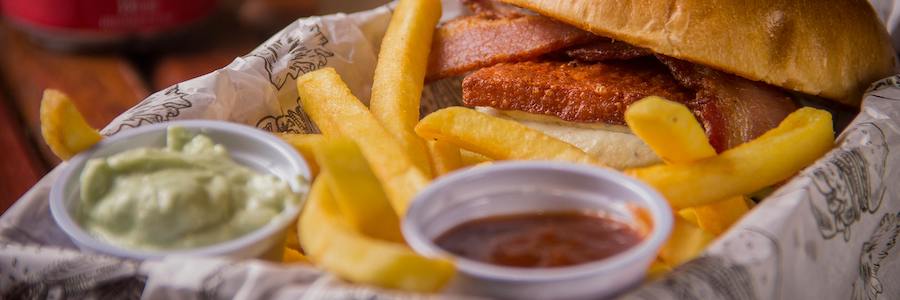California Considers Boosting Minimum Wage for Fast-Food Workers… Again!
California officials are at it again! They’re thinking about jacking up the $20 minimum wage for fast-food workers even higher. Yep, you heard that right. The California Food Council, a brainchild of Governor Gavin Newsom, is gearing up to pitch a 3.5% raise for 2025 at their meeting in late July, according to Restaurant Business.
Fast-Food Wage Hike: The Current Scene
So, as of April 2024, California’s minimum-wage law demands that any fast-food joint with 60 or more locations nationwide has to pay their workers $20 an hour. That’s a cool $4 more than the state’s minimum wage. Plus, they’ve set up this Council made up of industry bigwigs and restaurant workers who can boost that wage annually by up to 3.5%, depending on inflation. This council also has been given an additional mandate to tackle health and safety issues, and fight wage theft from employers.
The Dark Side of the Pay Raise
But hold up! While the pay bump is supposed to make life better for over half a million fast-food workers, there are some pretty gnarly side effects. We’re talking about potential restaurant closures, job cuts, reduced hours, and a surge in automation to cut costs. All of which has already been happening, but now it is on turbo mode. Ouch!
Robots Taking Over?
Yep, the rise of the machines is real, except they are not here to kill John Connor, they are here to kill your wages while making things even more expensive for you. Restaurants are rolling out self-order kiosks, kitchen automation software, and other tech to cut down on the need for human workers. Harsh Ghai, who owns a whopping 180 fast-food joints in California (including about 140 Burger Kings), is all in. “We’re installing kiosks in every single restaurant,” he told BI in April.
Fast-food chains are going all-in on AI, robotics, and automation. McDonald’s, Shake Shack, Panera Bread – they’re all deploying self-service kiosks to let customers place orders themselves, which means fewer cashiers are needed. These systems are not only super accurate but also tend to make customers spend more. Yum Brands CEO David Gibbs spilled the beans last August, saying, “Average kiosk sales see 10% higher checks than front counter sales and excellent profit flow-through.”
And it’s not just about ordering. Mobile apps are streamlining transactions, and AI is making back-office processes like inventory management and scheduling way more efficient.
Tightening the Belt
To keep labor costs in check, some restaurants are cutting employee hours and operating with leaner crews. Michaela Mendelsohn, CEO of Pollo West Corporation and a member of Newsom’s Fast Food Council, told Good Morning America that El Pollo Loco had to slash employee hours by 10% to stay afloat.
Pizza Hut isn’t faring any better – they’ve laid off over 1,200 delivery drivers in California because of the wage hike. Chains like Vitality Bowls are trimming their menus to focus on pre-made items and cut down on labor-intensive offerings.
Some franchisees are hitting the brakes on opening new locations in California due to the wage increase. Existing restaurants might close or halt hiring if they can’t stay profitable. Rubio’s Coastal Grill has already shut down 48 locations in California, blaming the high operational costs.
Prices Going Up
To cover the skyrocketing labor and food costs themselves, fast-food restaurants are bumping up menu prices. Harsh Ghai says his restaurants typically raise prices by 2% to 3% annually, but last year, they had to hike prices by 8% to 10%. Most of this increase is to cover rising food costs due to inflation, but it’s still not enough to handle the added labor expenses.
Chipotle followed suit, raising prices by 6% to 7% at its 500 California locations to offset the shrinking profit margins from the new wage law, and has even gotten backlash from trying to be more sever about serving sizes and potion control methods.
The Big Question: What’s Next?
Finding the sweet spot between raising wages to improve workers’ lives and keeping businesses profitable is the real challenge here. The law’s focus on big chains didn’t really consider the hit smaller, independent fast-food joints would take with these high labor costs.
But hey, these are just the early days. As time goes on, we’ll get a better idea of how this all shakes out for workers, businesses, and customers. Stay tuned!








